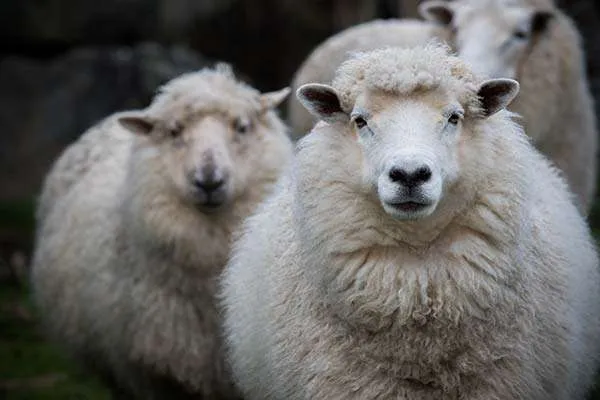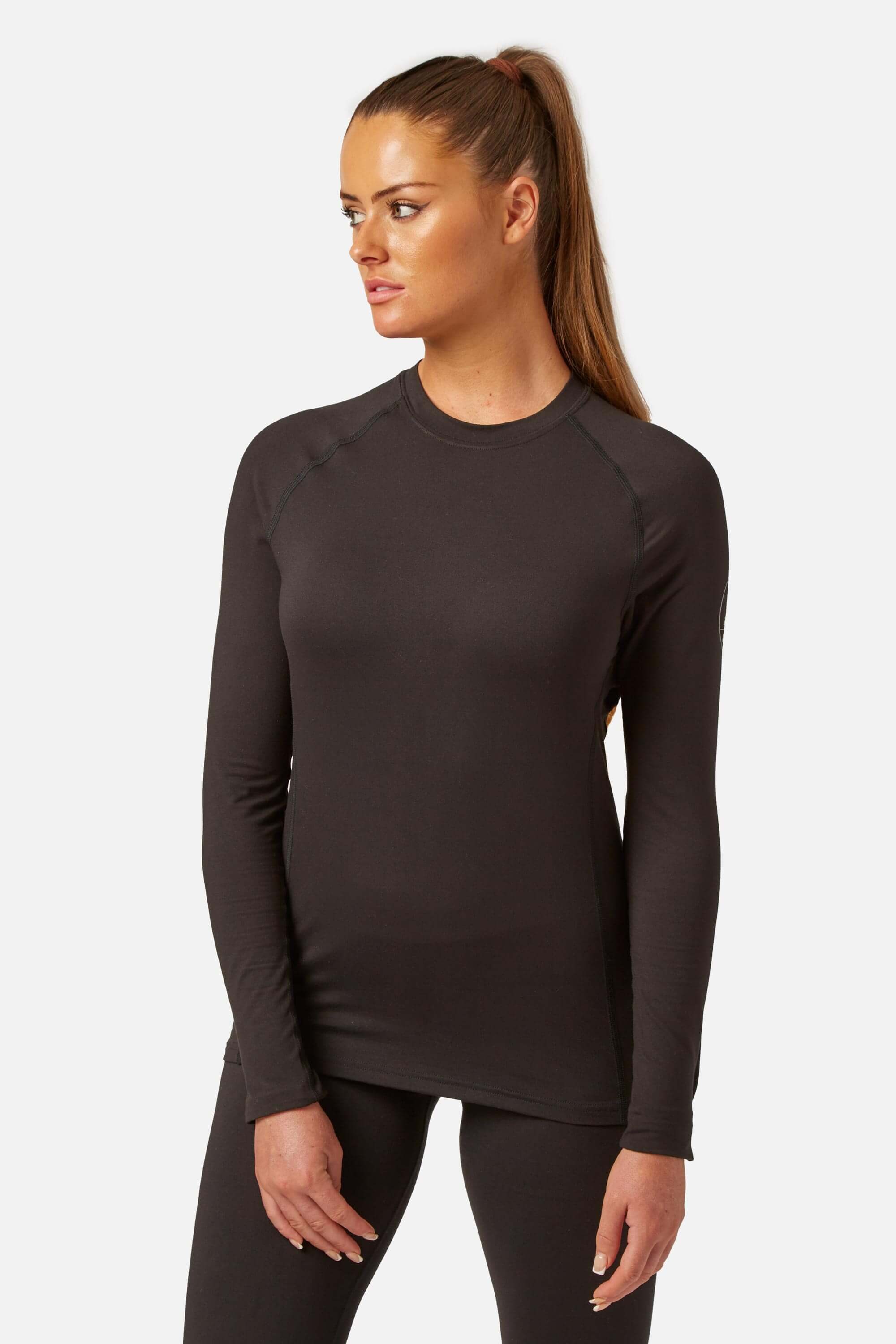New News For Picking Merino Wool Base Layers For Hiking
Wiki Article
What Merino Sheep Breeds Do You Own? What Is Their Distinctive Traits And Distinctive Features?
There are many Merino varieties of sheep. Each one has its own distinctive characteristics. These are the most well-known Merino sheep breeds, and their differences. Spanish Merino- This Merino breed is the oldest and most well-known for its high yield and fine wool. The breed is adaptable and can adapt to many situations. Also, it has a high resistance to diseases.
American Merino - The American Merino was first introduced to the United States during the 19th century. It is known for its fine and strong wool. This breed is able to endure a variety of common sheep diseases and is suited to cold climates.
Saxon Merino - The Saxon Merino Merino, a highly-trained Merino lamb breed, is known for its exceptional gentleness and fine wool. This Merino sheep is usually smaller than other Merino breeds and can be found to hot and dry climates.
Peppin Merino: The Peppin Merino is an Australian breed, was created in 1903. The breed is renowned for its fine wool and is particularly suited to the hot and dry climate in Australia.
Rambouillet- The Rambouillet is a breed of Merino sheep, which was developed in France during the 1800s. The breed is believed for its versatility and strength in all kinds of conditions. Rambouillet wool tends to be rougher than the other Merino species, however it is still highly sought-after for its exceptional quality.
Polwarth - Polwarth, one of the Merino sheep breed, was developed in Australia in 1922. The breed is renowned for its soft, lustrous and warm wool. It is especially well-suited to the cooler, more humid climate of southern Australia.
Merino's distinctive characteristics and attributes depend on the breed they are from and the environment they live in. Breeders often look for specific characteristics, such as fine wool or hardiness. They also search for adaptability to ensure that the possibility of new Merino breeds are created.

What Are The Distinctions Between The Bases Of Middleweight, Lightweight And Heavyweight Merino Wool?
The texture of the fabric and warmness are the main difference between the midweight, light and heavyweight Merino wool base layers. These are the major differences among the three kinds. Lightweight Merino sheep wool base layers are composed of a lightweight, breathable fabric which is suitable for temperatures that are both cool and warm. This type is perfect for sports that require a lot of intensity. It can be used in colder temperatures as a base layer underneath other layers.
Midweight Merino wool base layers are made from an extra-thick fabric that offers more insulation and warmth than lightweight base layers. The base layer is ideal for temperatures ranging from cold to cool and can be used to perform activities that don't need sweating as much.
The most warm and thickest Merino wool base layer is made of heavyweight Merino wool. It is designed to withstand extremely cold and cold conditions. This base layer is ideal for activities that require low intensity, such as skiing or snowshoeing where you won't sweat.
Take into consideration the weather conditions and degree of activity you're engaging in when choosing the right Merino wool base layer. A light base layer is ideal for intense activities and cool weather. A mid-weight layer is suitable for cooler temperatures and moderate - to heavy-intensity sports. A heavier layer is best for cold weather as well as activities with low intensity. You can layer on or down depending on the weather, so it is better to choose an a bit lighter base layer than one that's too heavy. Additionally, consider the size of your base layer and ensure that it is comfortable and offers a the full range of movement. Go where to find best base layers near me for more tips.

Merino Wool Blended In Himalayan Yak Wool Makes A Great Base Layer For Skiing.
Merino and Himalayan wool blends make a great combination to make the base layer for skiing. Merino wool is known for being extremely temperature-regulating moisture-wicking, and soft. Himalayan Yak wool is known to be warm and long-lasting. Both fibers can be used together to form a base layer which provides excellent warmth, moisture management and breathability. It is perfect for skiing. Merino Wool regulates body temperature. It removes water from your skin and keeps you dry. Yak wool provides an extra layer of insulation, bringing warmth in cold conditions. Merino wool blended with yak wool offers superior durability and resistance against wear and tear. This makes it the ideal base layer for activities like skiing. Merino wool blended with Himalayan-yak wool creates a base layer which is ideal for skiing and other cold weather activities. Go click here for best mid layer for hiking info for blog recommendations.

What Are The Alternatives To Merino And Yak Wool For Ski Wear, And Why Is It Inferior?
There are many materials that could replace Merino wool, Himalayan and yak wool in ski clothes. They may be less efficient at keeping you dry, warm and comfortable while on the slopes. Here are some alternatives and reasons they may not be as great. Cotton- Cotton can be used as a clothing material, but it isn't suitable for skiing. Cotton can absorb moisture and remain moist which makes you feel damp and cold. It is also not very warm, and it doesn't offer insulation.
Polyester-Polyester is a synthetic fabric that is used to make ski clothes. Polyester is quick drying and also moisture-wicking. However, it doesn't provide the same level warmth and insulation like Merino or Himalayan yak wool. In addition, some are finding polyester to be less breathable and more uncomfortable as natural fibers.
Nylon-Nylon, a synthetic fabric is known for its durability and resistance against scratching. Nylon-Nylon is a great choice for ski clothing, but it's not a great source of warmth or insulation. Furthermore, nylon isn't as comfortable as natural fibers such as Merino wool. This may make it uncomfortable to wear for extended periods of time.
FleeceThe Fleece Fleece is a very popular layer fabric used for skiing, is also a popular choice. It is not as efficient as natural fibers such as Merino wool or Himalayan Yak wool, however it is warm and provides insulation. Fleece is also less breathable and more likely to retain moisture as compared to natural fibers.
There are numerous products that can be substituted for Merino Wool and Himalayan Yok Wool for ski clothes, some might not be as effective at keeping you comfortable and warm on the slopes. Natural fibers like Merino wool as well as Himalayan yak wool are superior in terms of warmth and insulation, airflow, and moisture management and are a superior choice for clothing for skiing.